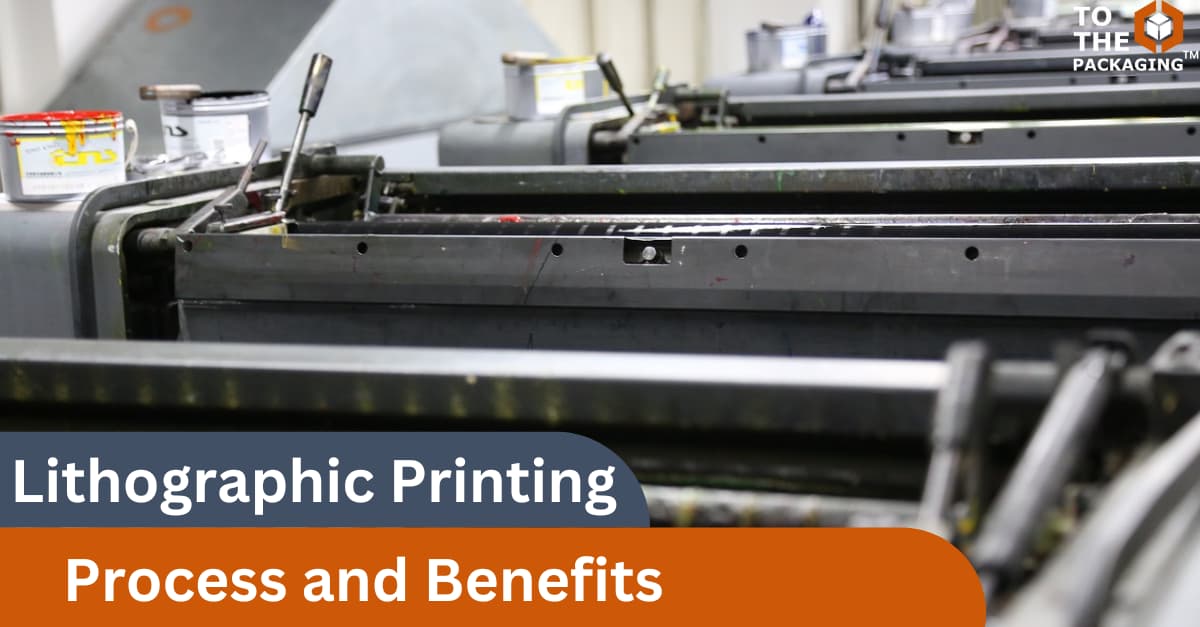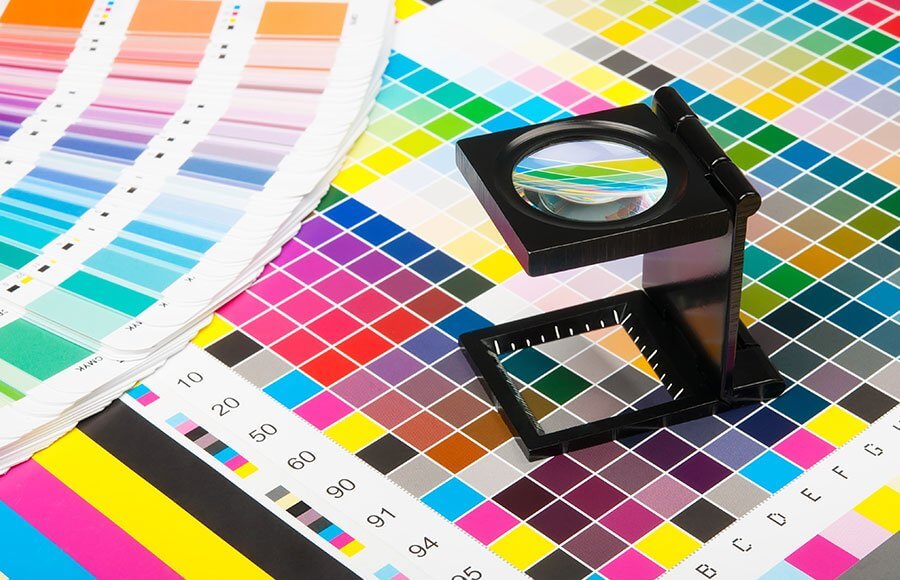Boost Your Brand with Top-Quality litho printing
Boost Your Brand with Top-Quality litho printing
Blog Article
A Comprehensive Overview to Recognizing Litho Printing Strategies
The globe of litho printing, a technique stemming from the late 18th century, is an interesting mix of history, science, technology and art. This thorough guide will certainly unravel the intricacies of this printing method, from the make-up of litho inks to the difficulties faced in contemporary applications. As we venture right into the ins and outs of lithography, the significance of automation and sustainability in guaranteeing its future relevance ends up being increasingly clear. Keep with us as we journey right into the captivating realm of litho printing.
The Historical Advancement of Litho Printing
The historic trajectory of litho printing, a crucial technology in the world of interaction, is a captivating tale of human ingenuity. Birthed in the late 18th century by Alois Senefelder, this method was originally an affordable method of publishing theatrical works. Lithography, originated from the Greek words for 'rock' and 'to write', utilized a smooth stone surface to transfer pictures onto paper. The process advanced with the development of the rotary press, which substantially boosted performance (litho printing). In the 20th century, the technology of countered lithography changed the market, enabling mass manufacturing of premium prints. Each stage of litho printing's development showcases humankind's ruthless quest of efficiency and top quality in aesthetic interaction.
Decoding the Science Behind Litho Printing Inks
Progressing in the expedition of litho printing methods, the focus currently moves to the science behind litho printing inks. The composition of these inks, their drying process, and color mixing methods create the backbone of this complicated art form. Comprehending these aspects is important to understanding the craft and accomplishing the desired print outcomes.
Composition of Litho Inks
In lithographic printing, the essential role of litho inks can not be overemphasized. The composition of litho inks differs depending upon its purpose, yet typically, they are composed of two major components - pigments and vehicles. Pigments, the color-providing components, are finely ground fragments suspended in the lorry, a fluid that lugs the pigment onto the printing surface. The lorry is a complicated mixture of oils, solvents, and materials, which affect the ink's drying time, bond, and gloss. Additionally, numerous additives are existing to boost specific properties like circulation, drying out, and resistance to environmental impacts. Each part plays a critical part in the last print's top quality, making the precise formula of litho inks an intricate scientific research.
Ink Drying Refine
From the composition of litho inks, interest turns to the remarkable procedure of ink drying out. The drying out procedure is essential, as it impacts the last print's top quality and long life. 2 key approaches are utilized in litho printing: oxidative drying and absorption. Oxidative drying includes the ink reacting with oxygen airborne to form a hard, dry movie. This approach provides a sturdy finish, but can be slower contrasted to absorption. Absorption, on the various other hand, entails the ink leaking right into the paper fibers, which is a quicker process however can result in much less vibrant colors. The selection in between these techniques depends on aspects such as print rate demands, the paper type used, and the desired surface.
Color Mixing Strategies
While the drying procedure plays a crucial duty in litho printing, the scientific research of color blending methods holds equal relevance. This is an intricate procedure that involves the careful blending of main colors: cyan, magenta, and yellow, in varying proportions to attain a large range of hues. The enhancement of black ink, understood as 'key', assists in regulating the strength and depth of the colors. The scientific research behind litho printing inks likewise considers the transparency of the ink, which influences exactly how colors overlay and mix. To attain an effective shade mix, print professionals need to likewise recognize the details of ink behavior, shade concept, and the physical residential or commercial properties of the substratum on which the ink is applied.
The Art and Design Aspects in Litho Printing
Litho printing breathes life right into art and style via its unique components. The process includes developing a photo on a lithographic sedimentary rock plate or metal plate with a smooth surface area. The photo is then published onto a tool, usually paper, by transferring the ink from the plate. What collections litho publishing apart is its ability to duplicate elaborate designs with high directory fidelity, making the outcome nearly similar to the original art work. This is accomplished via using different line strategies such as stippling, cross-hatching, and hatching, which enable a variety of tonal effects. In addition, litho printing suits a selection of shades, enabling musicians to create dynamic and dynamic prints. This mix of accuracy and versatility makes litho printing a preferred selection for lots of artists and developers.
Modern Applications of Litho Printing Techniques
Litho printing methods have located extensive usage in the modern industrial sector. Its impact and significance remain to expand with the introduction of brand-new advancements and technologies in the area. This section will certainly explore these modern applications and the transformative role they play in the printing market.
Industrial Litho Printing Uses
Litho printing stays an essential part of the commercial industry. High-volume printing tasks, such as the manufacturing of publications, papers, and product packaging, count on litho printing for its capacity to supply superior image quality and cost efficiency. Litho printing also gives a broad color range, premium to that of electronic printing.
Technologies in Litho Printing
Pushing the borders of conventional strategies, contemporary innovations have sustained a host of technologies in litho printing. One famous development is digital litho printing, which incorporates the virtues of electronic innovation with litho's high-quality outcome. These innovations highlight the long-lasting relevance of litho printing in the modern-day globe.
Discovering the Refine of Litho Printing: Detailed

Challenges and Solutions in Contemporary Litho Printing

In spite of the precision and practice that litho printing happily upholds, it is not without its set of modern difficulties. Digital litho printing enables for economical short runs and easy personalization, attending to the issue of variable data. Hence, while there are challenges, the litho printing industry is proactively adapting to satisfy them head-on, guaranteeing its importance in the future.
Conclusion
In verdict, litho printing, with its abundant background and scientific intricacies, holds a significant area in the print sector. The future of litho printing pivots on its capacity to adapt to these changing needs, affirming its long-lasting worth in an evolving market.

Report this page